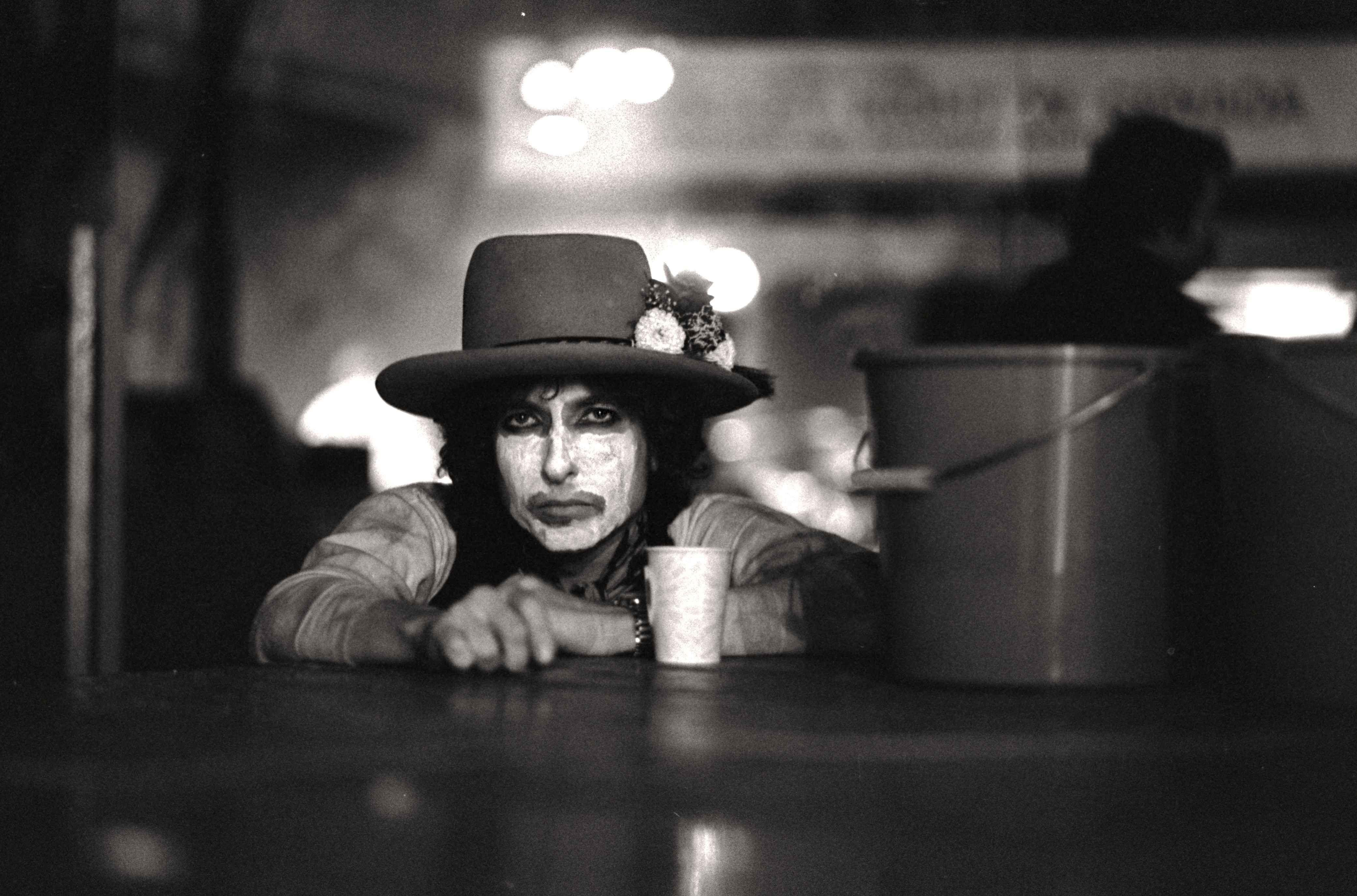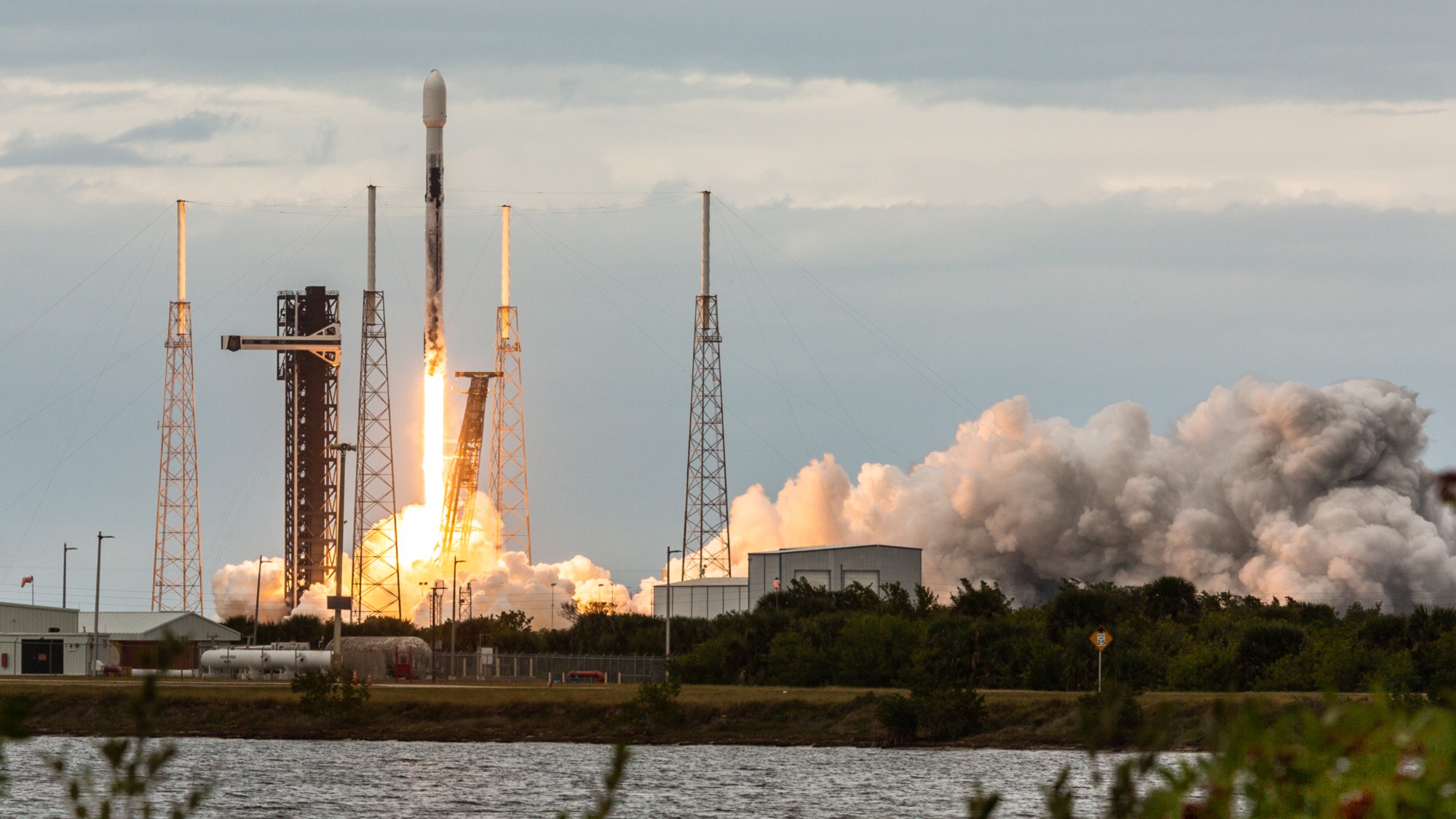Bob Dylan's hazy quest
Martin Scorsese's Rolling Thunder Revue: A Bob Dylan Story reveals at least one truth about the icon

When editing a non-fiction film, every cut elides some version of the truth. The space between the cuts hold the weight of history. The scenes not shown have power in their absence for withholding some knowledge of the past.
So what is the responsibility of the documentarian? To tell the truth?
In Rolling Thunder Revue: A Bob Dylan Story, director Martin Scorsese says no, that's not it. In this sketch of Dylan's 1975-76 North American tour of the same name, during which he shared the stage with a number of famous collaborators, factual precision makes way to an artistic sensibility of the moment, a hazy recollection of the past. In one of the first on-camera moments the audience experiences with a present-day Dylan, his temper spills over attempting to answer an unheard question, presumably "What was the meaning behind the tour?"
The Week
Escape your echo chamber. Get the facts behind the news, plus analysis from multiple perspectives.

Sign up for The Week's Free Newsletters
From our morning news briefing to a weekly Good News Newsletter, get the best of The Week delivered directly to your inbox.
From our morning news briefing to a weekly Good News Newsletter, get the best of The Week delivered directly to your inbox.
"It's about nothing," he deflects. "It's just something that happened 40 years ago, and that's the truth of it. I don't remember a thing about Rolling Thunder."
"It happened so long ago, I wasn't even born," Dylan jokes. "So what do you want to know?"
Memory is a fungible thing. Forty years is a long time ago to distinguish the memories of a single tour for a person who famously has not stopped touring ever since. And yet, we want answers from Dylan, just as we always have. Just as he's always not wanted us to and always insisted on not having any. Scorsese here is his willing accomplice in maintaining the air of mystery.
With the elusive nature of truth and the fleeting nature of memory as central themes, the film could have been served well to take fleeting a bit more literally. With a run time of 2 hours and 22 minutes, Rolling Thunder begins to sag under the weight of its manufactured narratives about a third of the way into the film, the revelation of each musical performance feeling more dutiful than inspired.
A free daily email with the biggest news stories of the day – and the best features from TheWeek.com
With a large cast of famous characters and an unrelenting archive of tour footage (shot by Howard Alk for the failed fictional film Renaldo and Clara), the challenge was always going to be selecting and framing which few of the many best epitomize the tour.
Scarlet Rivera's giddy retelling of being spotted by Dylan while walking down the street carrying her violin case is a potent moment, as is her explanation of the figure painted on her violin. "Artists like to challenge the impossible. That's why we wear the makeup we do, too... Mr. Tambourine Man gives us the opportunity to be whoever we wish to be."
The film shines when it allows us to see the genuine relationships between its characters. After Rivera's confession, every moment they share on stage is supercharged. Dylan's given her a freedom she seeks, to exist beyond conventional limits; she returns the favor with the fervor of her playing, matching Dylan's intensity note for note.
And the intensity is notable. To, unfortunately, paraphrase a bit of wisdom from Michael Jackson's camp: a good song is tested by the strength of its melody. That is to say, the best songs have melodies that are not beholden to a particular soundscape and therefore may be transformed indefinitely, and even adapted brilliantly, into the prevailing genres of the time. That's exactly what Dylan does in these performances, placing hard-rocking versions of earlier folk and protest songs like "A Hard Rain's A-Gonna Fall" and "The Lonesome Death of Hattie Carroll" right alongside soon-to-be released barn burners like "Hurricane" and "Isis." The flack Dylan gets for his voice may never cease, but you can't help but call those comments cheap shots when Dylan trades some verses with Roger McGuinn on the film's final musical performance, "Knockin' On Heaven's Door." Sounding pretty was never the point.
Another highlight is the brief appearance of Joni Mitchell in Toronto and her impromptu house performance of "Coyote" with Dylan on back-up guitar. When the spirit of collaboration reigns, when we are shown the tangible energy of it and not merely told about it by any number of talking heads, the truth of the Rolling Thunder Revue tour is frontlit with a flash of lightning.
Dylan may claim that the tour was about nothing, but the thread of his career is illuminated in his continuous quest to seek out musical companions — in Joan Baez, in The Band, in the members of Rolling Thunder, and eventually in The Traveling Wilburys. Perhaps, this quest was a response to being denied normal access to healthy relationships by our twisted gift of fame, and perhaps Dylan has earned the right to muddy the record in exchange. In that sense, Rolling Thunder, if not a faithful portrait of a lightning-in-a-bottle moment of music history, is a triumph of Dylan's never-ending myth-making.
-
 A running list of the US government figures Donald Trump has pardoned
A running list of the US government figures Donald Trump has pardonedin depth Clearing the slate for his favorite elected officials
-
 Ski town strikers fight rising cost of living
Ski town strikers fight rising cost of livingThe Explainer Telluride is the latest ski resort experiencing an instructor strike
-
 ‘Space is one of the few areas of bipartisan agreement in Washington’
‘Space is one of the few areas of bipartisan agreement in Washington’Instant Opinion Opinion, comment and editorials of the day